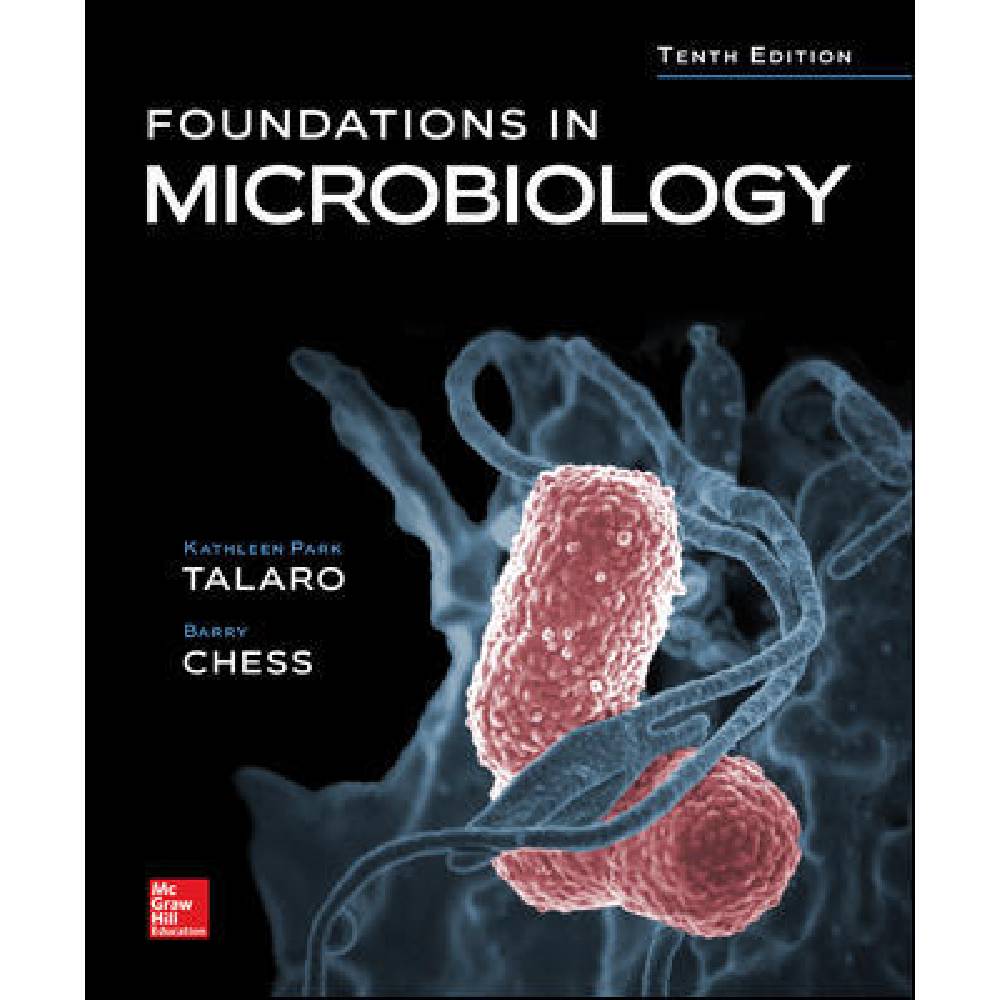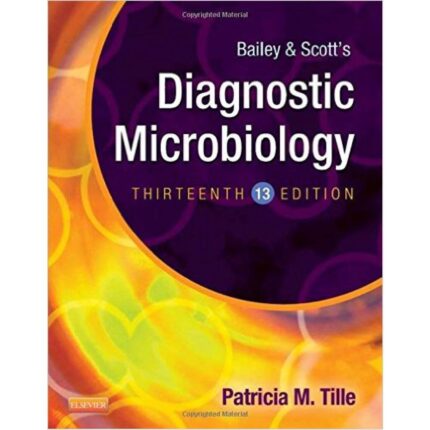Chapter 11 Testbank Key
1. Microbiological contaminants are best described as
A. unwanted microbes present on or in a substance.
B. any and all microbes present on or in a substance.
C. pathogenic microbes present on or in a substance.
D. vegetative microbes present on or in a substance.
ASM Objective: 05.01 Microorganisms are ubiquitous and live in diverse and dynamic ecosystems.
ASM Objective: 08.02 Use pure culture and selective techniques to enrich for and isolate microorganisms.
ASM Topic: Module 05 Systems
ASM Topic: Module 08 Microbiology Skills
Bloom’s Level: 01. Remember
Learning Outcome: 11.03 Define and differentiate among the major terms for microbial control, citing examples of each.
Section: 11.01
Topic: Basics of Microbial Control
2. All of the following are major categories of microbial control methods except
A. physical agents.
B. chemical agents.
C. mechanical removal methods.
D. genetic methods.
ASM Objective: 03.04 The growth of microorganisms can be controlled by physical, chemical, mechanical, or biological means.
ASM Topic: Module 03 Metabolic Pathways
Bloom’s Level: 02. Understand
Learning Outcome: 11.01 Summarize the major categories of microbial control and its purposes.
Section: 11.01
Topic: Basics of Microbial Control
Topic: Chemical Control Methods
Topic: Physical Control Methods
3. Which of the following types of control agents would be most likely to achieve sterility?
A. virucide
B. bactericide
C. germicide
D. sporicide
E. fungicide
ASM Objective: 03.04 The growth of microorganisms can be controlled by physical, chemical, mechanical, or biological means.
ASM Topic: Module 03 Metabolic Pathways
Bloom’s Level: 02. Understand
Learning Outcome: 11.03 Define and differentiate among the major terms for microbial control, citing examples of each.
Learning Outcome: 11.06 Identify the targets of antimicrobial control agents, and explain what effects these agents have.
Section: 11.01
Topic: Basics of Microbial Control
4. Physical agents for controlling microbial growth include all of the following, except
A. ultraviolet radiation.
B. boiling water.
C. HEPA filters.
D. pasteurization.
E. hydrogen peroxide.
ASM Objective: 03.04 The growth of microorganisms can be controlled by physical, chemical, mechanical, or biological means.
ASM Objective: 08.02 Use pure culture and selective techniques to enrich for and isolate microorganisms.
ASM Objective: 08.06 Practice safe microbiology, using appropriate protective and emergency procedures.
ASM Topic: Module 03 Metabolic Pathways
ASM Topic: Module 08 Microbiology Skills
Bloom’s Level: 02. Understand
Learning Outcome: 11.01 Summarize the major categories of microbial control and its purposes.
Learning Outcome: 11.07 List the major types of physical agents used in controlling microbes.
Section: 11.02
Topic: Physical Control Methods
5. The process that destroys or removes all microorganisms and microbial forms including bacterial endospores is
A. disinfection.
B. sterilization.
C. antisepsis.
D. sanitization.
E. degermation.
ASM Objective: 03.04 The growth of microorganisms can be controlled by physical, chemical, mechanical, or biological means.
ASM Topic: Module 03 Metabolic Pathways
Bloom’s Level: 01. Remember
Learning Outcome: 11.03 Define and differentiate among the major terms for microbial control, citing examples of each.
Section: 11.01
Topic: Basics of Microbial Control
6. Which of the following microbial forms have the highest resistance to physical and chemical controls?
A. naked viruses
B. protozoan cysts
C. fungal spores
D. bacterial endospores
E. yeast
ASM Objective: 02.03 Bacteria and Archaea have specialized structures (e.g., flagella, endospores, and pili) that often confer critical capabilities.
ASM Objective: 03.04 The growth of microorganisms can be controlled by physical, chemical, mechanical, or biological means.
ASM Topic: Module 02 Structure and Function
ASM Topic: Module 03 Metabolic Pathways
Bloom’s Level: 02. Understand
Learning Outcome: 11.02 Evaluate the relative resistance of different groups of infectious agents.
Section: 11.01
Topic: Basics of Microbial Control
7. The process of using a cleansing technique to mechanically remove and reduce microorganisms and debris to safe levels is
A. disinfection.
B. sterilization.
C. antisepsis.
D. sanitization.
E. degermation.
ASM Objective: 03.04 The growth of microorganisms can be controlled by physical, chemical, mechanical, or biological means.
ASM Topic: Module 03 Metabolic Pathways
Bloom’s Level: 01. Remember
Learning Outcome: 11.03 Define and differentiate among the major terms for microbial control, citing examples of each.
Section: 11.01
Topic: Basics of Microbial Control
8. The use of a physical or chemical process to destroy vegetative pathogens on inanimate objects is
A. disinfection.
B. sterilization.
C. antisepsis.
D. sanitization.
E. degermation.
ASM Objective: 03.04 The growth of microorganisms can be controlled by physical, chemical, mechanical, or biological means.
ASM Topic: Module 03 Metabolic Pathways
Bloom’s Level: 01. Remember
Learning Outcome: 11.03 Define and differentiate among the major terms for microbial control, citing examples of each.
Section: 11.01
Topic: Basics of Microbial Control
9. The use of chemical agents directly on exposed body surfaces to destroy or inhibit vegetative pathogens is
A. disinfection.
B. sterilization.
C. antisepsis.
D. sanitization.
E. degermation.
ASM Objective: 03.04 The growth of microorganisms can be controlled by physical, chemical, mechanical, or biological means.
ASM Topic: Module 03 Metabolic Pathways
Bloom’s Level: 01. Remember
Learning Outcome: 11.03 Define and differentiate among the major terms for microbial control, citing examples of each.
Section: 11.01
Topic: Basics of Microbial Control
10. Scrubbing or immersing the skin in chemicals to reduce the numbers of microbes on the skin is
A. disinfection.
B. sterilization.
C. sanitization.
D. degermation.
ASM Objective: 03.04 The growth of microorganisms can be controlled by physical, chemical, mechanical, or biological means.
ASM Topic: Module 03 Metabolic Pathways
Bloom’s Level: 01. Remember
Learning Outcome: 11.03 Define and differentiate among the major terms for microbial control, citing examples of each.
Section: 11.01
Topic: Basics of Microbial Control













Reviews
There are no reviews yet.